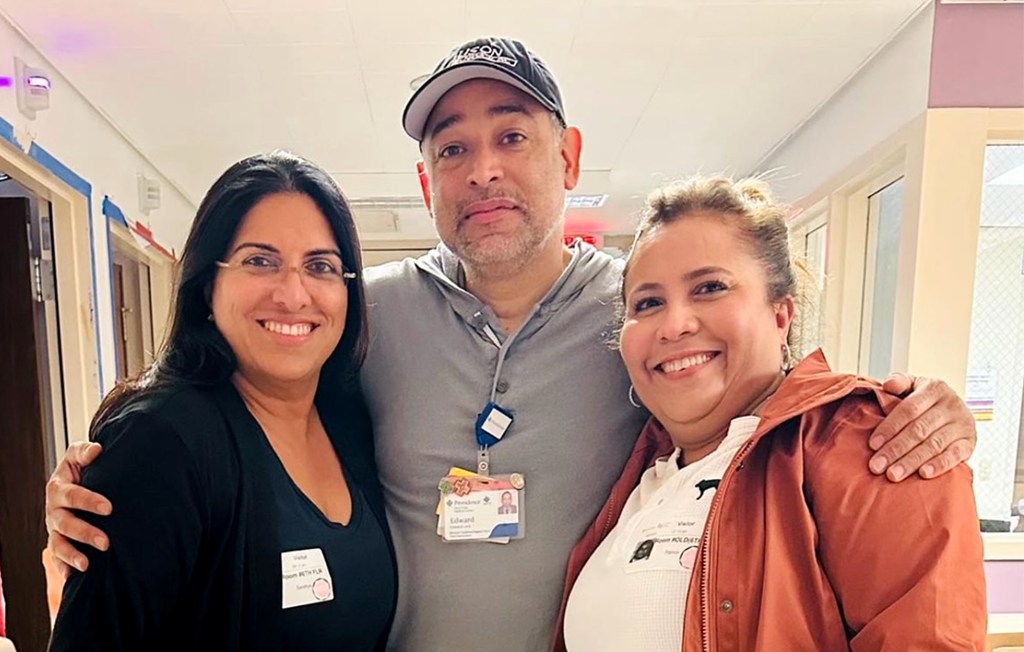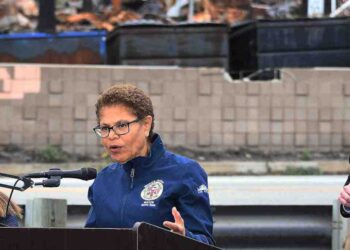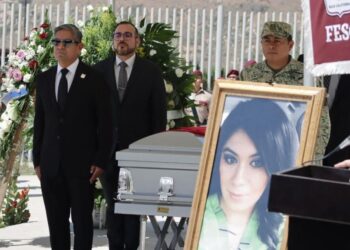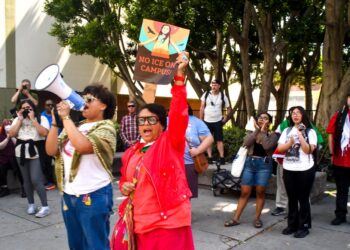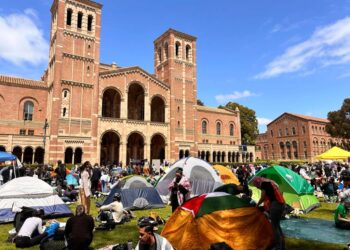It’s a five-hour flight from Los Angeles to the tiny country of Belize with its tropical jungles, Mayan temples, barrier reef and jaguar reserve making tourism its main source of revenue.
Edward and Patricia Lord of Palmdale were just ending a trip there to attend Patricia’s 40th high school reunion last year, but before they flew home they would visit the only tertiary hospital in Belize City, far off the beaten path of tourists.
It is here local residents needing specialized care came for treatment. Edward, a plant operations supervisor at Providence Holy Cross Medical Center in Mission Hills, wanted to see with his own eyes the deplorable conditions his childhood friends still living in Belize were telling him existed at the hospital.
Patricia stayed in the car while he went inside. She was terrified, she said, of what she might see. What she saw instead while waiting outside was the heartbreaking reality of being sick and poor in a country so rich in beauty.
The taxis pulling up to the hospital with mothers and sick babies and children inside. It was a luxury they couldn’t afford, but when your baby is sick and you’re miles away from help, you don’t have the time to walk. You scrape together every penny you can find to get there fast.
She saw buses from the rural regions outside the city arriving filled with more mothers and children, and elderly, sick people who had traveled 70 miles over bumpy, dirt roads to get here — breathing in the constant dust in the air that has caused so many Belizeans to suffer from severe asthma.
All this just to get to a hospital with deplorable conditions because there was little financial help from a revolving door government to adequately fund the only tertiary hospital in a country of 400,000.
Edward was shaken when he came back to the car. It was worse than he had imagined. All the defibrillators, monitors and stethoscopes were rusted or broken. Tables placed on cinder blocks doubled as beds. Nothing seemed…
Read the full article here

